
As content creators, sometimes we fall victim to the dreaded writer’s block. It’s frustrating. And it’s stressful. It’s...

As content creators, sometimes we fall victim to the dreaded writer’s block. It’s frustrating. And it’s stressful. It’s...
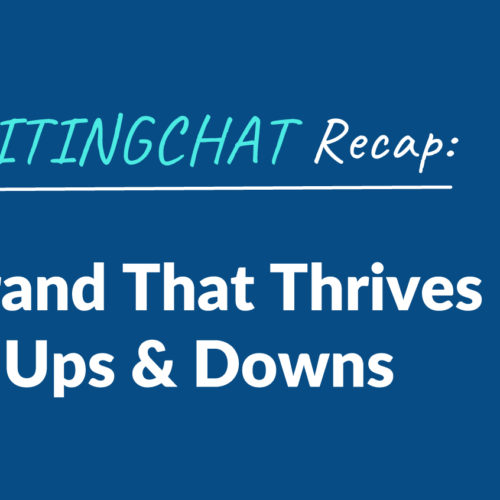
read that post here. And we were inspired by that post to hold a #ContentWritingChat on the same...
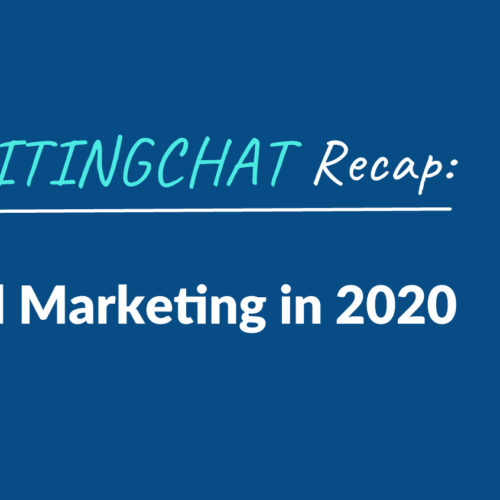
There’s no denying that email marketing should be an important part of any brand’s strategy in 2020. Email...
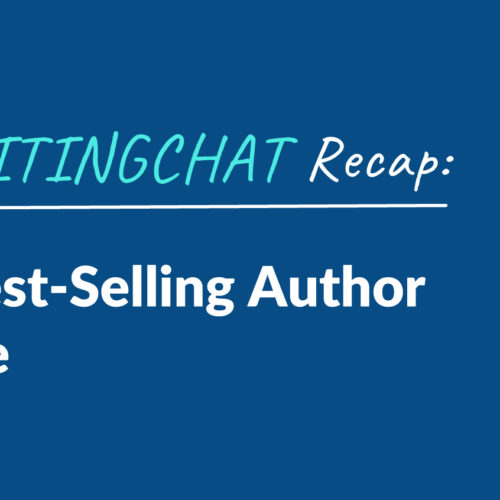
Are you an author or thinking about writing your very first book? If so, there’s a good chance...
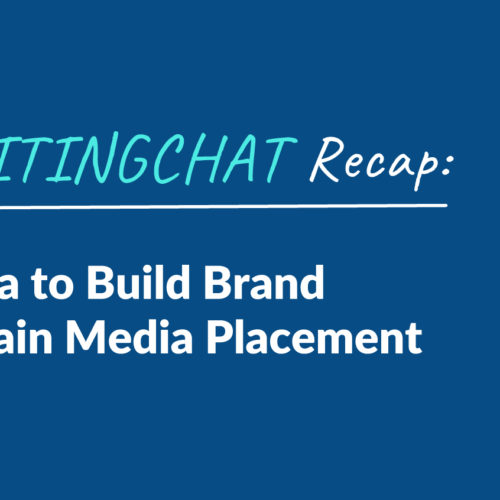
#ContentWritingChat Recap: Using Social Media to Build Brand Awareness & Obtain Media Placement with Robyn Stevens ?? Welcome...
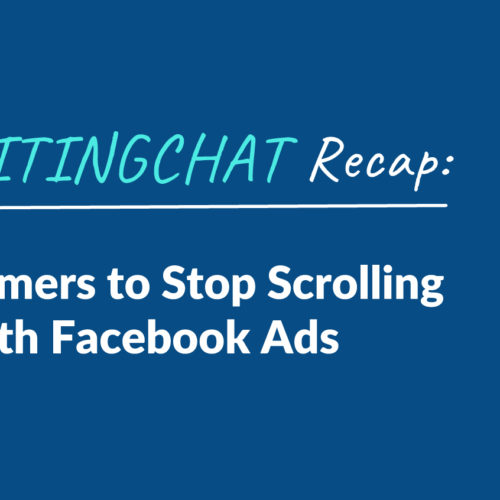
#ContentWritingChat Recap: How to Get Customers to Stop Scrolling & Start Buying With Facebook Ads with Tony Christensen...
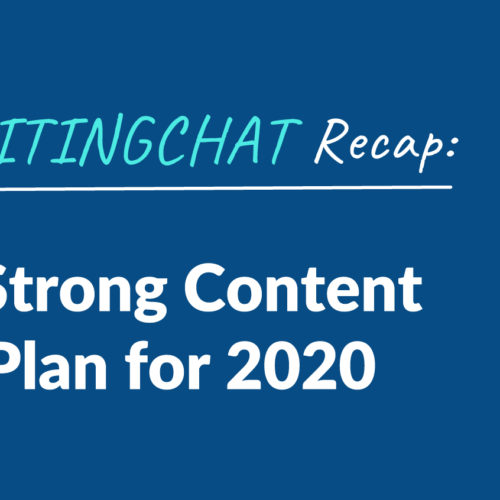
With a brand new year upon us, we need to make sure we’re prepared with an incredible content...
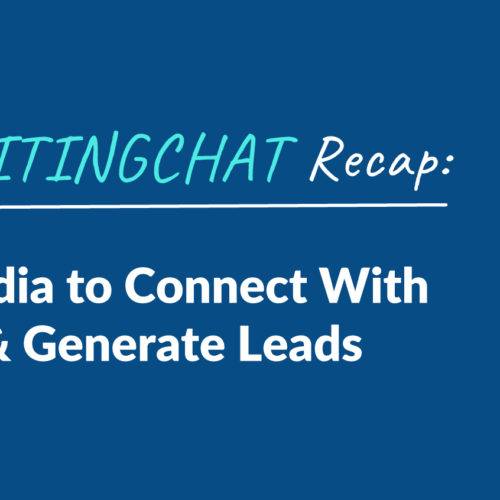
As a business owner, your social media presence is crucial. It’s a place for you to share content...
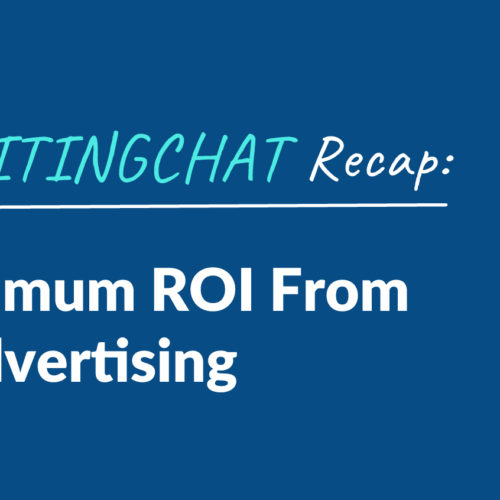
There’s no denying that Facebook advertising is HOT. Ads, when done right, can be an effective way to...
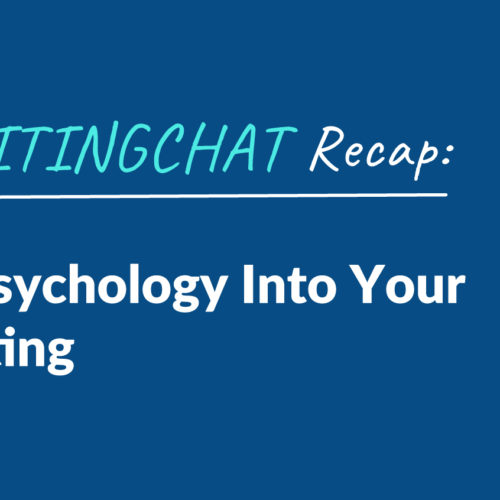
When you’re crafting your content marketing strategy, does psychology ever come into play? If not, it really should!...
No HR needed to get access to the best writers, editors, QAs, and strategists. We are your all-in-one content writing service delivering publish-ready content.
Copyright – 2025 Express Writers -All rights reserved